Home>Garden Essentials>What Is The Fastest Spreading Ground Cover
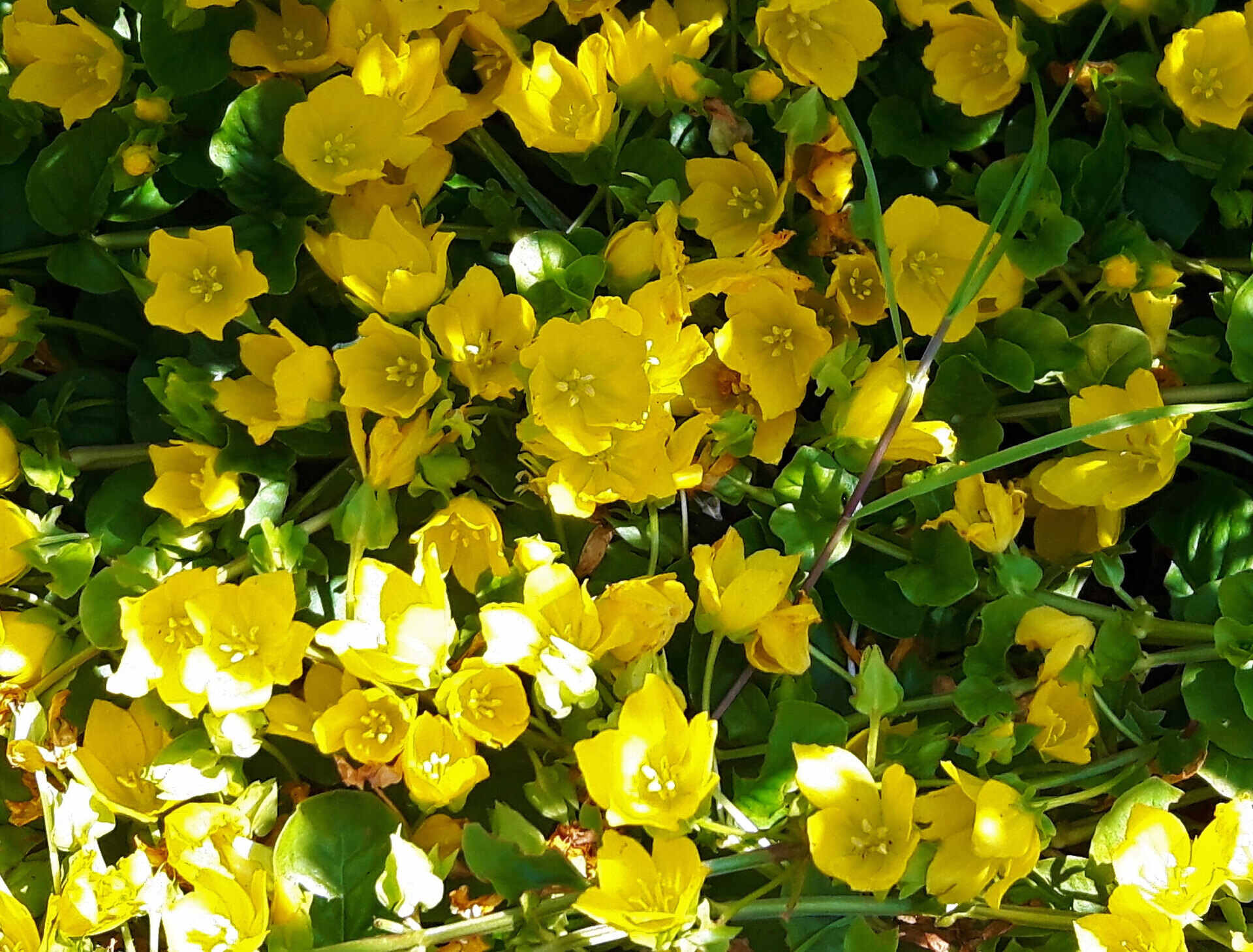

Garden Essentials
What Is The Fastest Spreading Ground Cover
Modified: August 24, 2024
Discover the fastest spreading ground cover for your garden. Find out how to create a lush and vibrant garden with this low-maintenance option.
(Many of the links in this article redirect to a specific reviewed product. Your purchase of these products through affiliate links helps to generate commission for Storables.com, at no extra cost. Learn more)
Introduction
When it comes to creating a beautiful and functional garden, one of the key elements to consider is ground cover. Ground cover refers to low-growing plants that spread rapidly to cover the soil and provide a carpet-like effect. Not only do they add visual interest and texture to your garden, but they also serve practical purposes such as preventing erosion, suppressing weeds, and conserving moisture.
While there are many types of ground cover available, today we will focus on the fastest spreading ground covers. These are the plants that quickly establish themselves and cover large areas, making them ideal for filling in empty spaces or creating a lush and vibrant garden in a shorter period of time.
Fast spreading ground covers can be a fantastic addition to your garden, but it’s important to choose the right ones based on your specific needs and conditions. In this article, we will explore the definition of ground cover, the importance of fast spreading varieties, factors to consider when choosing them, a list of popular options, as well as the pros and cons of using them. We will also provide some tips on how to plant and maintain fast spreading ground covers effectively.
So, whether you’re looking to transform a barren area into a thriving oasis or simply want to add more texture and color to your garden, fast spreading ground covers can be the answer. Let’s delve into the world of these fantastic plants and discover how they can elevate your garden to new heights.
Key Takeaways:
- Fast spreading ground covers are low-growing plants that quickly cover soil, preventing erosion and suppressing weeds while adding vibrant color and texture to gardens.
- When choosing fast spreading ground covers, consider factors like growing conditions, maintenance, and invasiveness to create a thriving and beautiful garden.
Read more: How To Stop Ground Cover From Spreading
Definition of Ground Cover
Ground cover refers to a group of low-growing plants that spread horizontally to cover the surface of the soil. These plants typically have a dense, spreading growth habit, forming a lush carpet-like effect. They are commonly used in landscapes, gardens, and other outdoor spaces to cover bare ground, control erosion, suppress weed growth, and enhance the visual appeal of the area.
Ground covers come in a wide variety of species, including both flowering and non-flowering plants. They can be categorized into two main types: woody ground covers and herbaceous ground covers.
Woody ground covers are comprised of shrubs or small trees that have a low-growing habit. Examples of woody ground covers include creeping juniper, cotoneaster, and vinca minor. These plants often have woody stems and are more suitable for larger areas or slopes where they can spread and create a durable ground cover.
Herbaceous ground covers, on the other hand, consist of non-woody plants that die back to the ground during winter and regrow in the spring. They tend to have a more delicate appearance and are well-suited for smaller spaces, borders, or areas with foot traffic. Examples of herbaceous ground covers include creeping thyme, periwinkle, and sweet woodruff.
Ground covers provide numerous benefits in the garden. Apart from their aesthetic appeal, they play a vital role in soil conservation by reducing erosion caused by wind or water. Their dense growth forms a protective layer that prevents soil erosion, especially on slopes or areas prone to runoff. Additionally, ground covers act as natural weed suppressants, reducing the need for chemical herbicides and manual weeding.
These plants also contribute to water conservation by reducing evaporation from the soil surface. The dense foliage of ground covers shades the soil, keeping it cool and preventing moisture loss. This not only helps plants retain water, but it also reduces the frequency and volume of irrigation required in the garden.
In summary, ground cover plants are low-growing species that spread horizontally to cover bare soil. They can be categorized as woody or herbaceous, each with its own unique characteristics and suitability for different garden situations. From soil erosion control to weed suppression and water conservation, these plants offer a host of benefits and play a vital role in creating a healthy and beautiful garden environment.
Importance of Fast Spreading Ground Cover
Fast spreading ground cover plants hold significant importance in the realm of landscaping and garden design. These plants provide a multitude of benefits that make them a valuable addition to any garden. Let’s explore some of the key reasons why fast spreading ground cover is important:
- Erosion control: Fast spreading ground covers are excellent for controlling soil erosion. Their ability to quickly cover large areas helps stabilize the soil, preventing it from being washed away by heavy rain or blown away by strong winds. This is especially crucial in sloped areas where erosion is more likely to occur.
- Weed suppression: One of the primary advantages of fast spreading ground covers is their ability to crowd out weeds. These plants quickly fill in empty spaces, leaving little room for weeds to establish and thrive. This not only reduces the need for manual weeding but also minimizes the use of chemical herbicides, promoting a more environmentally friendly approach to weed control.
- Moisture conservation: Fast spreading ground covers act as a natural mulch, protecting the soil from direct sunlight and reducing water evaporation. Their dense foliage shades the soil, helping to retain moisture and reduce the need for frequent irrigation. This is particularly beneficial in arid or drought-prone regions, where water conservation is essential.
- Aesthetic appeal: The visual impact of fast spreading ground covers cannot be overstated. These plants offer a lush carpet-like effect, adding texture, color, and vibrancy to the garden. They can create a cohesive and uniform look, enhancing the overall aesthetic appeal of the landscape.
- Wildlife habitat: Many fast spreading ground covers attract pollinators such as bees and butterflies, providing them with a valuable food source and habitat. Some species may also attract beneficial insects that act as natural pest controllers, reducing the need for chemical pesticides in the garden.
- Soil improvement: Fast spreading ground covers have the ability to improve soil health over time. As they spread and establish themselves, they help to prevent soil compaction and erosion, promote organic matter accumulation, and enhance the soil’s nutrient-holding capacity. This, in turn, creates a more fertile and productive growing environment for other plants in the garden.
Overall, fast spreading ground covers play a crucial role in maintaining the health, beauty, and functionality of a garden. From erosion control and weed suppression to water conservation and wildlife habitat creation, these plants offer a myriad of benefits that contribute to a thriving and sustainable outdoor space. Consider incorporating fast spreading ground covers into your garden to reap the advantages they provide and enjoy a more vibrant and manageable landscape.
Factors to Consider in Choosing Fast Spreading Ground Cover
Choosing the right fast spreading ground cover for your garden requires careful consideration of various factors. Each garden is unique and has specific requirements, so it’s essential to assess these factors before making a decision. Here are some important considerations when selecting fast spreading ground cover plants:
- Growing Conditions: Evaluate the growing conditions of your garden, including the amount of sunlight, soil type, and moisture levels. Different ground cover plants have distinct preferences regarding these conditions. Some thrive in full sun, while others prefer shade. Some tolerate dry soil, while others need moist, well-drained soil. Matching the growing conditions of the plant to your garden’s conditions will ensure its success.
- Height and Spread: Consider the desired height and spread of the ground cover plants. Some fast spreading ground covers stay very low to the ground, while others can grow taller. Determine the purpose of the ground cover – whether you want it to be a low-growing carpet or provide a bit more height and volume. This will help you choose the right plant to achieve your desired aesthetic and functional outcome.
- Maintenance: Evaluate the level of maintenance you are willing to commit to. Some ground covers require regular pruning, while others are low maintenance and can be left to spread naturally. Consider the time and effort you can allocate to maintaining the ground cover, such as trimming, pulling out any unwanted runners, or dividing the plants when necessary.
- Invasive Potential: Fast spreading ground covers can be quite aggressive and may have the potential to become invasive in some regions. It’s crucial to research and choose ground cover plants that are not known to be invasive in your area. Check with your local garden center or extension office for information on invasive species and choose plants that are recommended for your region.
- Aesthetic Appeal: Consider the visual qualities of the ground cover plants. Look for plants with attractive foliage, flowers, or interesting textures. Choose plants that will complement the overall design and theme of your garden. Take into account the color palette, leaf shape, and any specific features that will create visual interest and blend well with the rest of your plants and landscaping elements.
- Compatibility with Surrounding Plants: Consider how the fast spreading ground cover will interact with the plants in its vicinity. Some ground covers may be too aggressive and smother neighboring plants. Others may have compatibility issues regarding soil pH or nutrient requirements. Ensure that the ground cover you choose is compatible with the existing plants, or plan accordingly to create separate zones in your garden to prevent any negative impacts.
By carefully considering these factors, you can select the most suitable fast spreading ground cover plants for your garden. This will ensure that the plants thrive, provide the desired benefits, and enhance the overall beauty and functionality of your outdoor space.
List of Fast Spreading Ground Covers
There are numerous fast spreading ground cover plants to choose from, each with its own unique characteristics and growing requirements. Here is a list of popular fast spreading ground covers that can help you create a lush and vibrant garden:
- Creeping Thyme (Thymus serpyllum): This aromatic herb features tiny, round leaves and produces clusters of pink, white, or purple flowers. It spreads quickly and forms a dense mat of foliage that releases a pleasant fragrance when stepped on.
- Creeping Jenny (Lysimachia nummularia): Also known as moneywort, this ground cover has trailing stems with round, golden yellow leaves. It spreads rapidly and is ideal for cascading over walls or edging garden beds.
- Creeping Juniper (Juniperus horizontalis): This evergreen shrub has low, spreading branches and aromatic blue-green foliage. It is drought-tolerant and provides excellent ground cover for large areas, slopes, or rocky landscapes.
- Periwinkle (Vinca minor): With glossy green leaves and delicate purple-blue flowers, periwinkle is a classic ground cover choice. It spreads by underground runners and thrives in shady or partially shaded areas.
- Japanese Spurge (Pachysandra terminalis): This shade-loving ground cover has glossy, dark green leaves and produces small white flowers in the spring. It forms a dense carpet-like mat and is excellent for suppressing weeds.
- Creeping Phlox (Phlox subulata): This perennial ground cover features thick mats of evergreen foliage and a profusion of colorful flowers in shades of pink, purple, blue, or white. It is perfect for rock gardens, slopes, or cascading over walls.
- Sweet Woodruff (Galium odoratum): This low-growing ground cover has whorls of lance-shaped leaves and produces clusters of fragrant white flowers. It spreads rapidly and thrives in shady or partially shaded areas.
- Carpet Bugleweed (Ajuga reptans): This fast spreading ground cover has decorative foliage in shades of green, bronze, or purple, and produces spikes of blue or purple flowers. It is ideal for shady areas or under trees.
- Strawberry (Fragaria spp.): While strawberries are typically grown for their edible fruit, they also make excellent fast spreading ground covers. They have attractive green leaves and produce white flowers, followed by sweet, juicy strawberries.
- Cotoneaster (Cotoneaster spp.): These fast spreading shrubs have small, shiny leaves and clusters of white or pink flowers, followed by bright red berries. They are excellent for erosion control on slopes.
Remember to consider the specific growing conditions, maintenance requirements, and invasive potential of each ground cover plant before making your selection. With the right choices, you can enjoy a beautiful and densely covered garden in no time!
Creeping Jenny (Lysimachia nummularia) is one of the fastest spreading ground covers. It thrives in moist, shady areas and can quickly fill in empty spaces in your garden.
Read more: What Ground Cover Is Not Invasive
Pros and Cons of Fast Spreading Ground Covers
Fast spreading ground covers offer many advantages, but it’s crucial to consider both the pros and cons before incorporating them into your garden. Here are some pros and cons to help you make an informed decision:
Pros:
- Quick establishment: Fast spreading ground covers have the ability to quickly establish themselves and cover large areas. This is beneficial if you’re looking to fill in empty spaces or create a lush carpet-like effect in a short period of time.
- Erosion control: These plants are excellent for controlling soil erosion, especially on slopes. Their rapid spreading helps stabilize the soil and prevent it from being washed away by heavy rain or blown away by strong winds.
- Weed suppression: One of the major advantages of fast spreading ground covers is their ability to crowd out weeds. By rapidly filling in spaces and forming a dense mat, they leave little room for weeds to establish and grow, reducing the need for manual weeding.
- Moisture conservation: Fast spreading ground covers act as natural mulch, shading the soil and reducing water evaporation. Their dense foliage helps retain moisture in the soil, decreasing the need for frequent irrigation and promoting water conservation.
- Aesthetic appeal: These plants offer a lush and vibrant appearance, enhancing the visual appeal of your garden. They can create a uniform and cohesive look, adding texture, color, and vibrancy to the landscape.
- Wildlife habitat: Many fast spreading ground covers attract pollinators like bees and butterflies, providing them with nectar and habitat. This can contribute to creating a more diverse and ecologically balanced garden.
Cons:
- Invasiveness: One potential drawback of fast spreading ground covers is their invasive potential. Some varieties can be quite aggressive and may spread into unwanted areas, smothering native plants and disrupting the natural balance of your garden. It’s important to choose non-invasive species and monitor their growth to prevent any negative impacts.
- Maintenance: Depending on the specific ground cover plant, maintenance requirements can vary. Some may require regular pruning or trimming to keep them in check and prevent them from encroaching on other plants. Careful monitoring and occasional division or thinning may be necessary to maintain their health and appearance.
- Limited plant diversity: Fast spreading ground covers, by nature, tend to dominate the landscape and leave limited space for other types of plants. If you want a diverse and varied garden with a wide range of plant species, you may need to consider the balance between ground covers and other plants.
- Plant displacement: In some cases, fast spreading ground covers may displace or outcompete desirable plants, even non-weeds. This can result in the loss of plant diversity and negatively impact the overall ecosystem of your garden.
- Spread control: While rapid spreading is a desired trait, it’s important to keep the growth of fast spreading ground covers in check. Regular monitoring, proper containment, and occasional removal of unwanted runners or excess growth may be required to prevent them from encroaching on neighboring plants or areas where they are not wanted.
Consider these pros and cons when selecting and utilizing fast spreading ground covers. By understanding their benefits and potential drawbacks, you can make informed decisions and effectively integrate these plants into your garden for maximum impact and enjoyment.
Tips for Planting and Maintaining Fast Spreading Ground Covers
Planting and maintaining fast spreading ground covers requires some careful planning and consistent care to ensure their success. Here are some valuable tips to help you plant and maintain these plants effectively:
- Site preparation: Before planting, prepare the site by clearing any existing weeds or debris. Loosen the soil and amend it with organic matter to improve drainage and fertility. This will provide a good foundation for the ground covers to establish and spread.
- Right plant, right place: Consider the specific growing conditions of your garden and choose fast spreading ground covers that are well-suited to those conditions. Ensure they receive the appropriate amount of sunlight, that the soil pH is suitable, and that moisture levels are within the plant’s tolerance range. This will promote healthy growth and establishment.
- Spacing: When planting fast spreading ground covers, ensure you space them at the recommended intervals. This will allow the plants to spread and fill in the desired area without overcrowding or competing for resources. Proper spacing also promotes good air circulation, reducing the risk of diseases.
- Watering: Provide adequate water for the newly planted ground covers to help them establish a strong root system. Water deeply and regularly, especially during dry spells, to promote healthy growth. Once established, water as needed based on the specific plant’s moisture requirements.
- Mulching: Applying a layer of mulch around the ground covers can help conserve moisture, suppress weeds, and regulate soil temperature. Use organic mulch, such as wood chips or shredded leaves, and avoid piling it up against the stems of the plants to prevent rot or disease development.
- Pruning and trimming: Regularly prune or trim fast spreading ground covers to maintain their desired size and shape. Trim back any overgrown or leggy growth to promote denser growth and a neat appearance. For spreading varieties with runners, trim or mow their edges to prevent them from encroaching on unwanted areas.
- Division: Some fast spreading ground covers may benefit from occasional division to control their growth and rejuvenate them. Dividing the plants every few years helps maintain their vigor and prevents overcrowding. Dig up the plant, separate the clumps, and replant them in desired locations.
- Weed management: While fast spreading ground covers are excellent at suppressing weeds, occasional weeding may still be necessary, especially in the early stages of establishment. Remove any weeds that manage to sneak through the ground cover to prevent them from competing for resources or overshadowing the plants.
- Monitor for invasiveness: Keep an eye on the spreading behavior of your ground covers to prevent them from becoming invasive and overtaking other plants or areas. Regularly remove any runners or excess growth that begins to encroach on unwanted areas or plants.
- Regular maintenance: Lastly, consistent and regular maintenance is key to keeping fast spreading ground covers in check. Monitor their growth, inspect for pests or diseases, and provide any necessary care to ensure their health and vitality.
By following these tips, you can successfully plant and maintain fast spreading ground covers, enjoying their benefits while keeping them under control and preventing any potential issues. With proper care and attention, these plants will flourish, adding beauty, functionality, and vibrancy to your garden.
Read more: What Is The Cheapest Ground Cover
Conclusion
Fast spreading ground covers are a fantastic addition to any garden or landscape. With their ability to quickly establish and cover large areas, they offer numerous benefits and add beauty to outdoor spaces. Whether you’re looking to control erosion, suppress weeds, conserve moisture, or simply enhance the visual appeal of your garden, fast spreading ground covers can be the solution you’re seeking.
Throughout this article, we’ve explored the definition of ground cover, discussed the importance of fast spreading varieties, and provided a comprehensive list of popular options. We’ve also highlighted the pros and cons of using fast spreading ground covers and shared valuable tips for planting and maintaining them effectively in your garden.
When choosing and utilizing fast spreading ground covers, it’s crucial to consider factors such as growing conditions, maintenance requirements, and potential invasiveness. By matching the right plant to your garden’s conditions and properly managing their growth, you can maximize their benefits while minimizing any potential drawbacks.
Remember to prepare the site before planting, provide adequate water and nutrients, maintain proper spacing, and regularly monitor and maintain the ground covers to promote their health and vitality. With proper care and attention, these plants will reward you with a lush, vibrant, and well-covered garden.
So, whether you’re looking to transform empty spaces, prevent soil erosion, suppress weeds, or add color and texture to your garden, consider incorporating fast spreading ground covers. They bring practical as well as aesthetic benefits, creating a beautiful and functional outdoor space for you to enjoy.
In conclusion, fast spreading ground covers are an invaluable asset in any garden. With their ability to quickly spread and fill in bare areas, they offer erosion control, weed suppression, water conservation, and visual appeal. By carefully selecting and maintaining these plants, you can create a stunning and thriving garden that will be the envy of all who see it.
Frequently Asked Questions about What Is The Fastest Spreading Ground Cover
Was this page helpful?
At Storables.com, we guarantee accurate and reliable information. Our content, validated by Expert Board Contributors, is crafted following stringent Editorial Policies. We're committed to providing you with well-researched, expert-backed insights for all your informational needs.
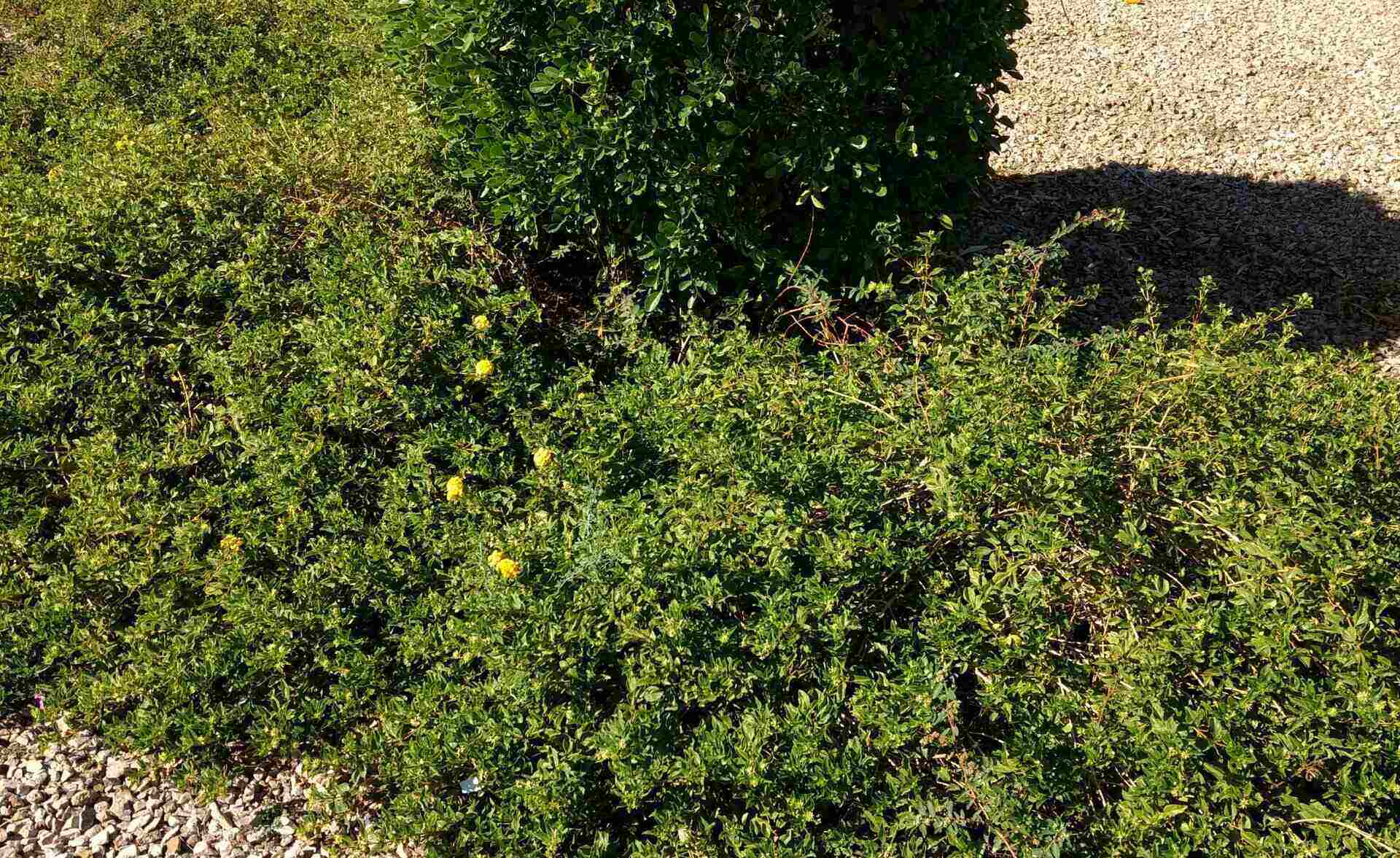
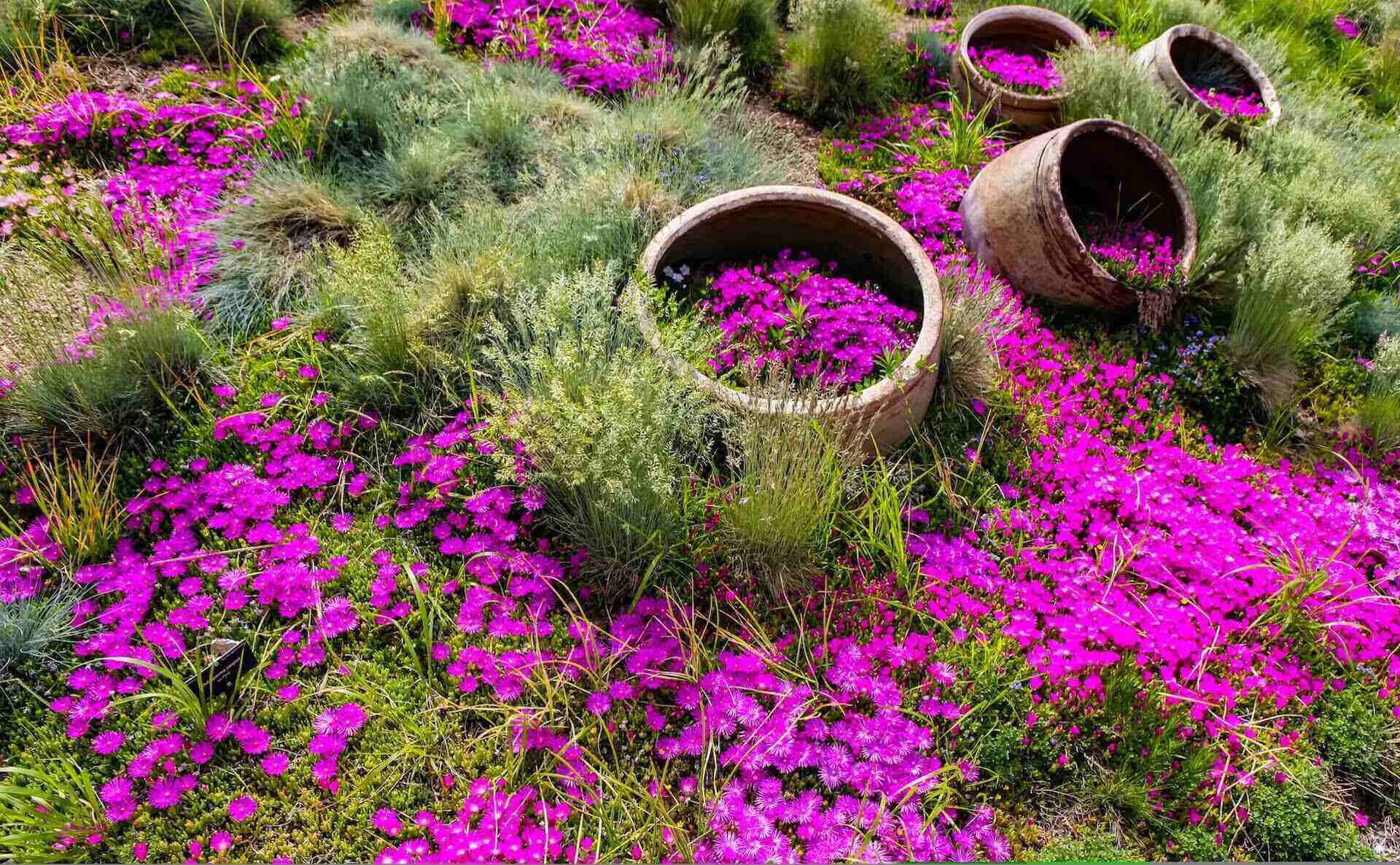
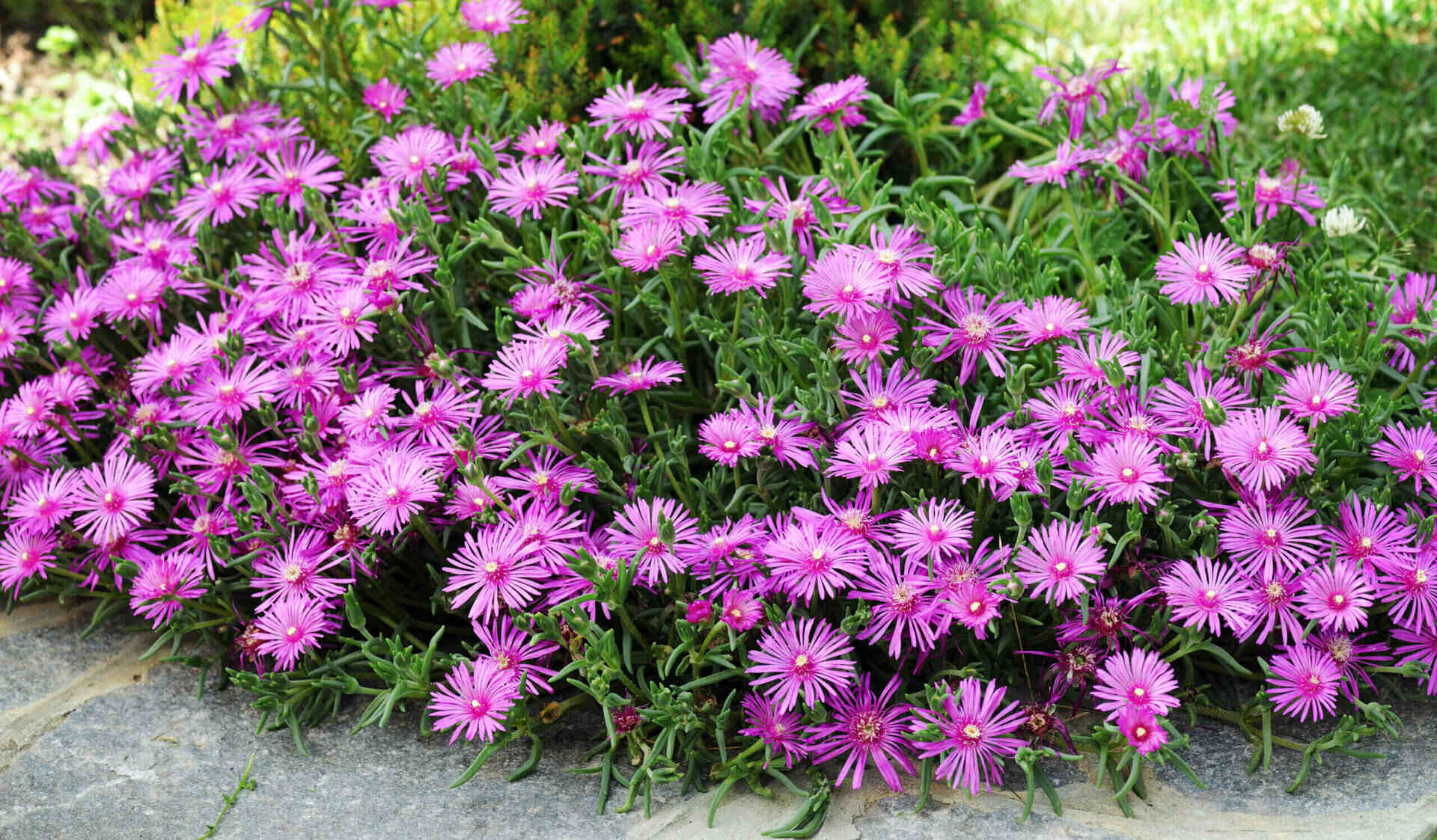
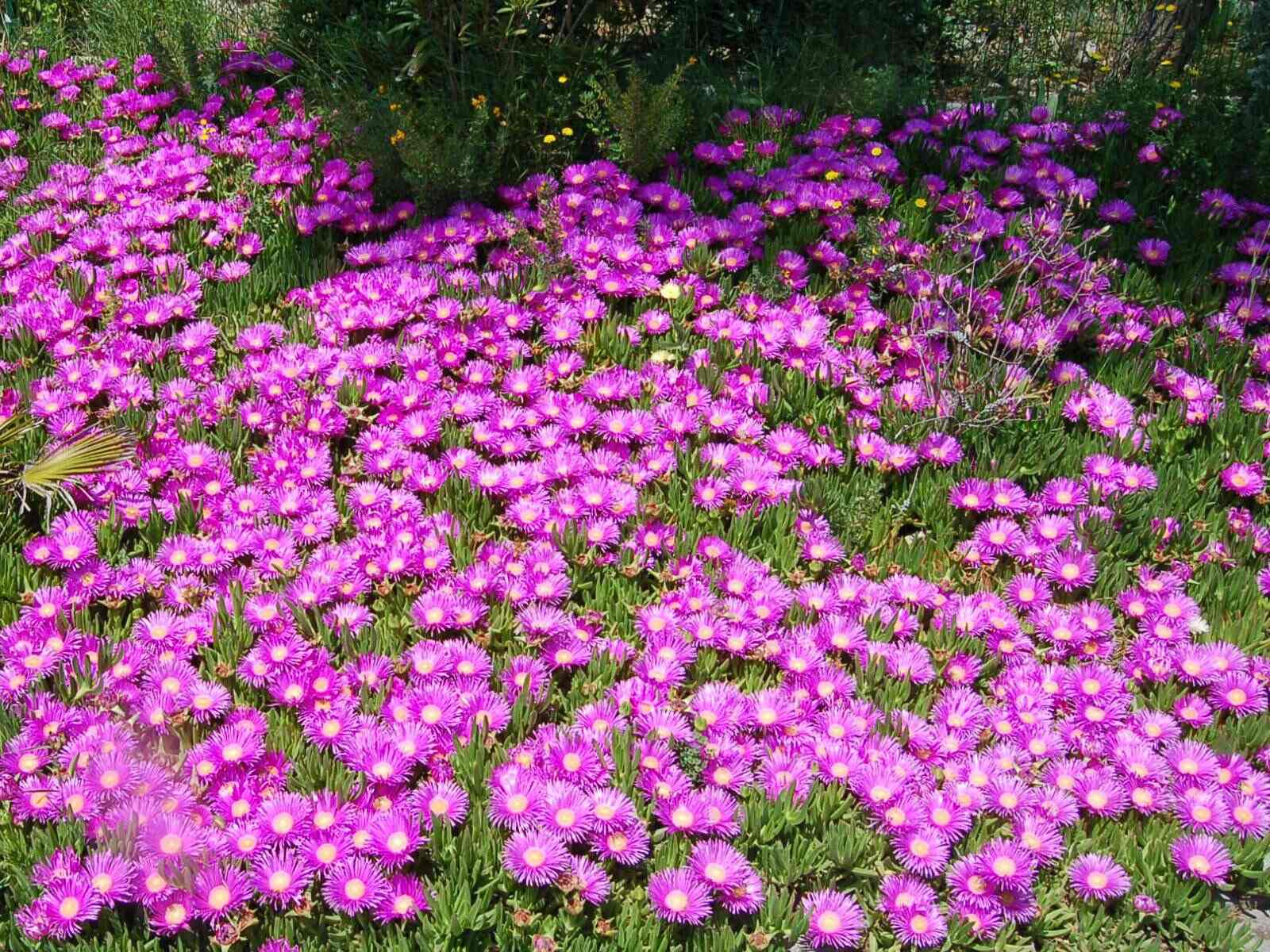
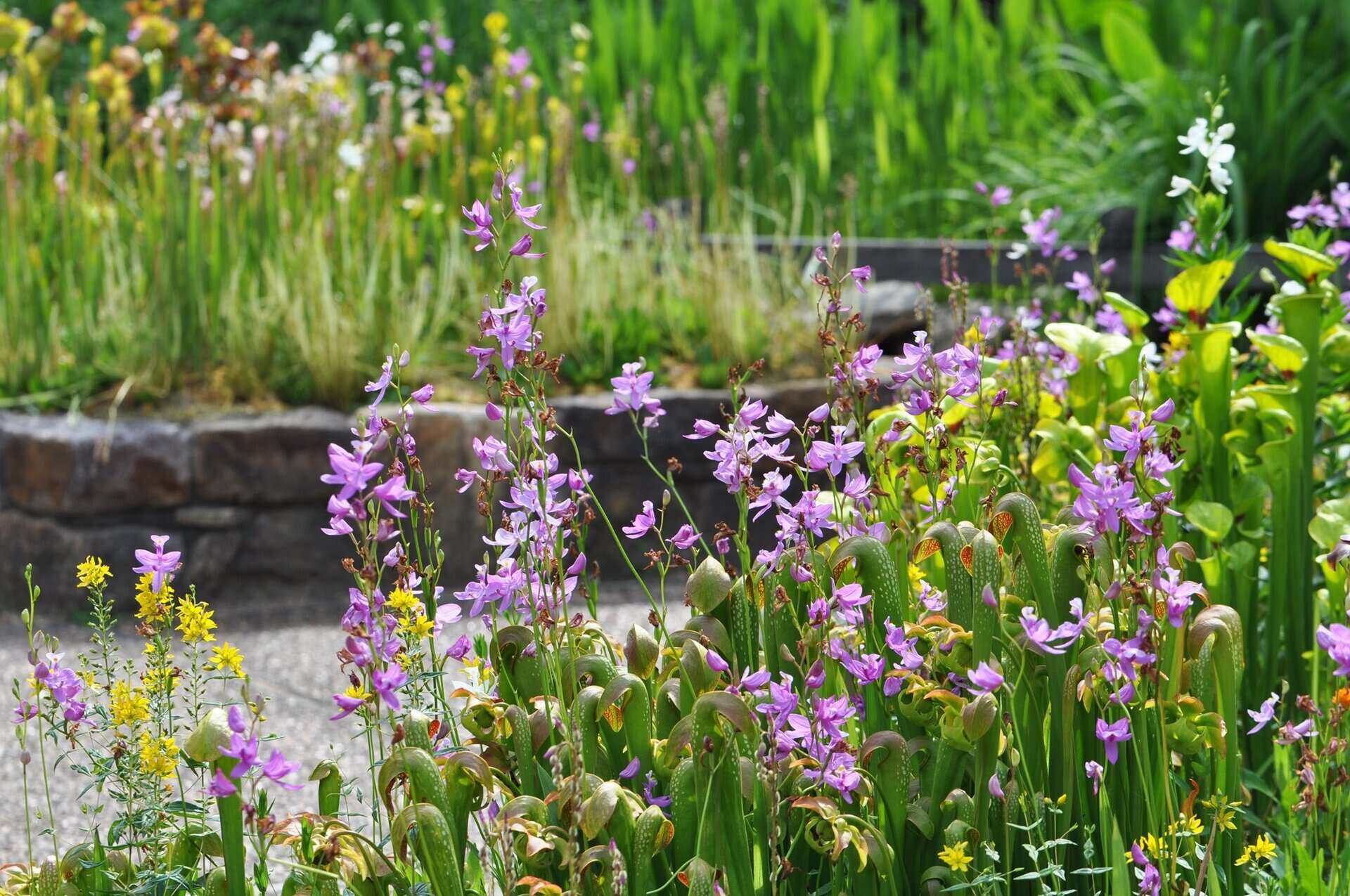

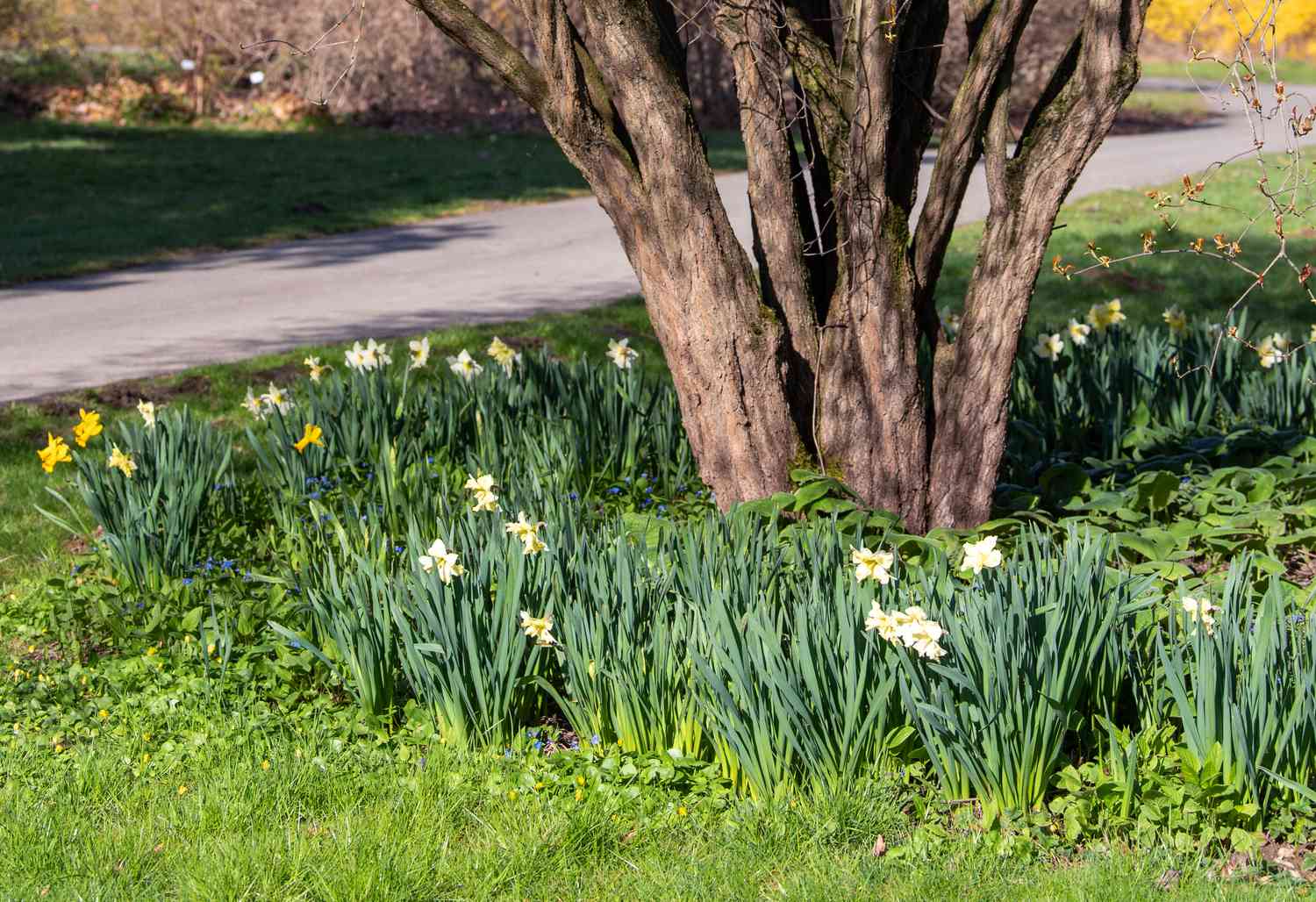

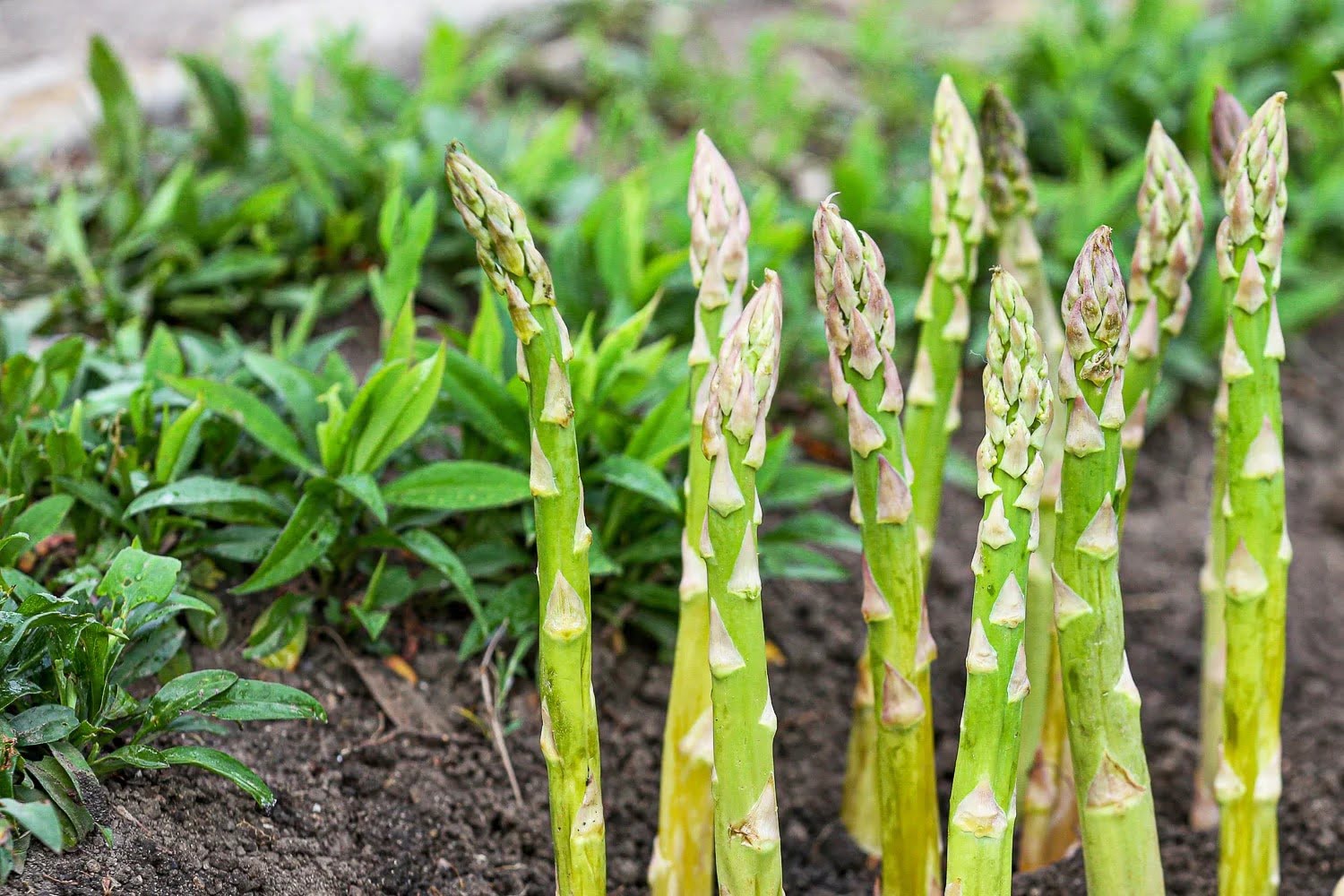

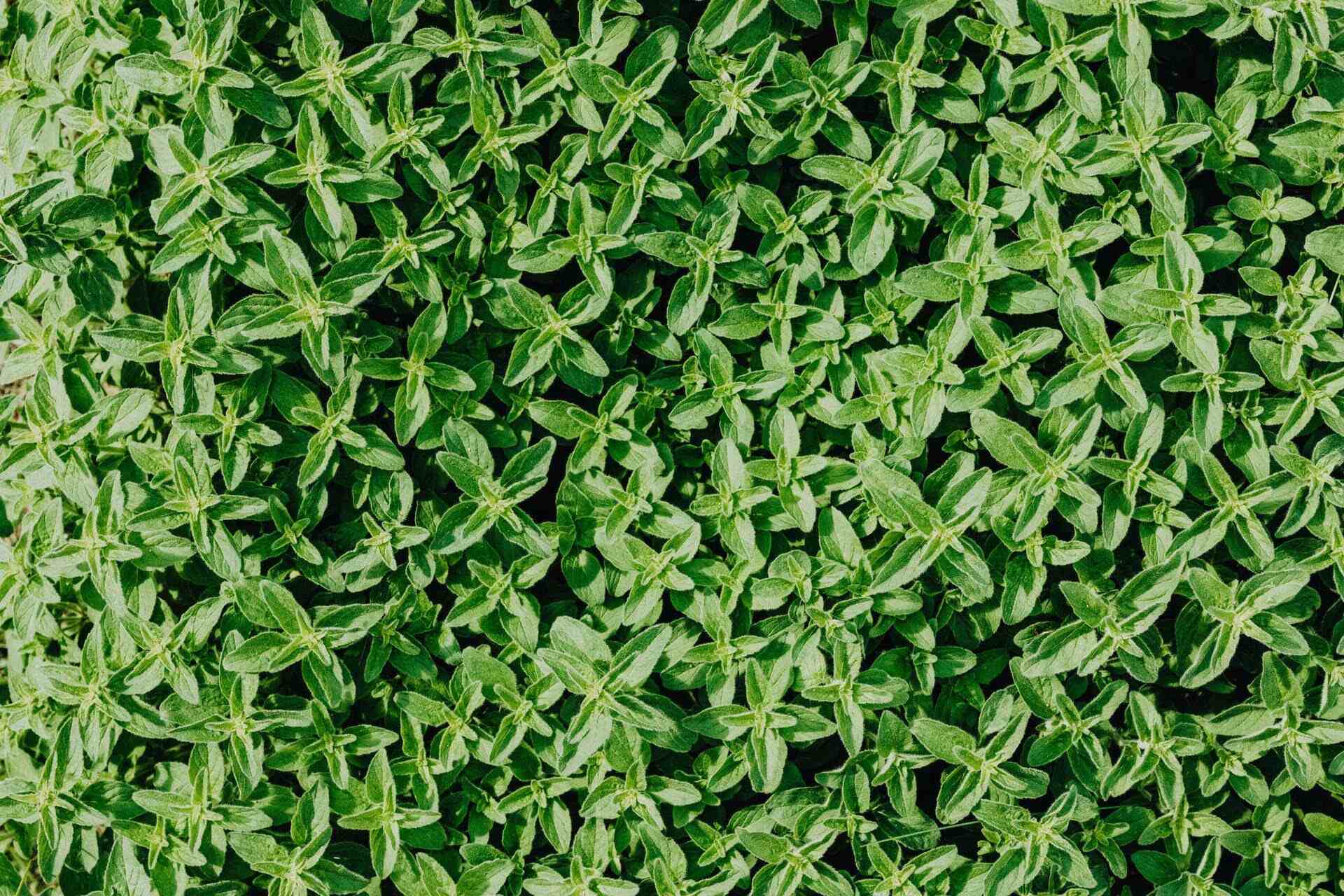
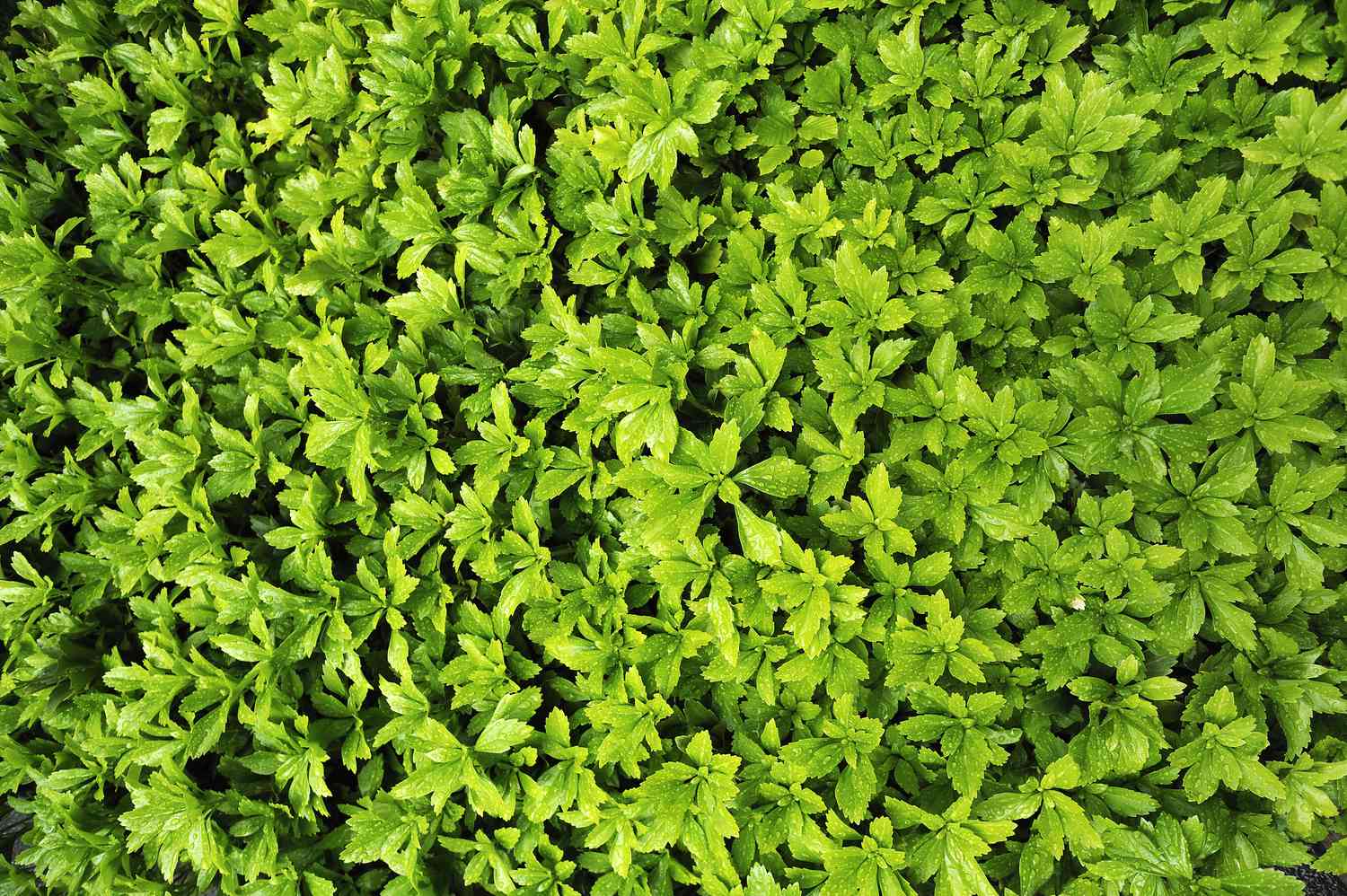
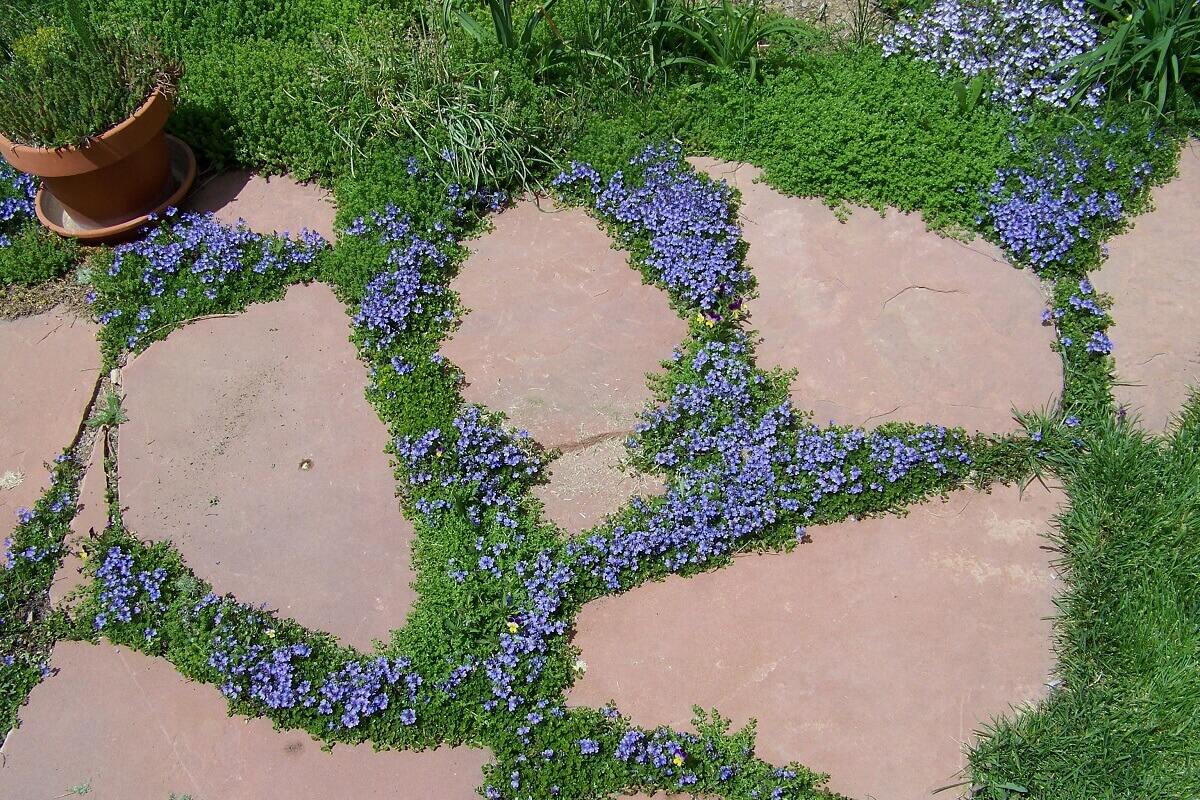

0 thoughts on “What Is The Fastest Spreading Ground Cover”